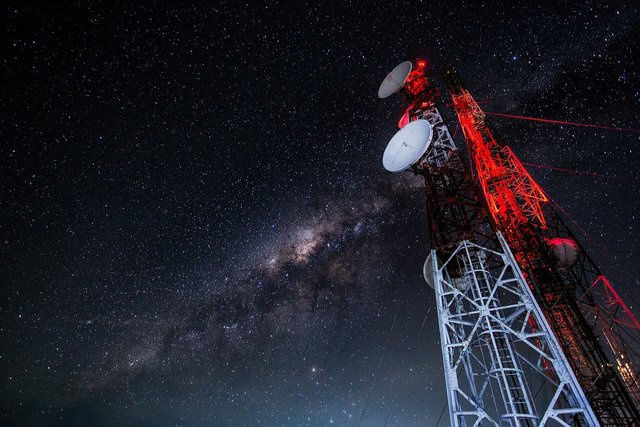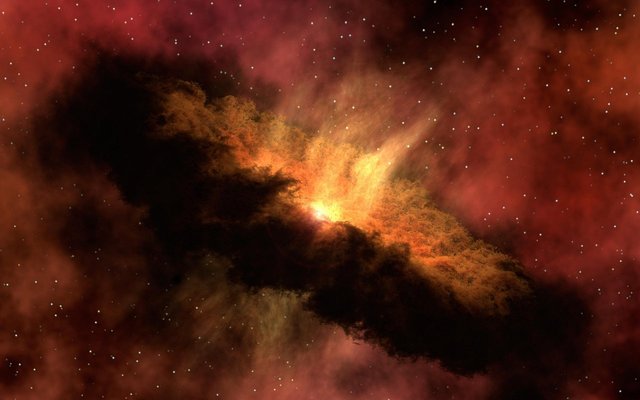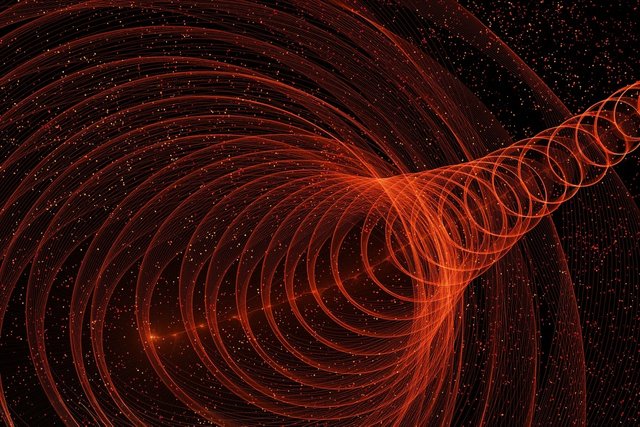- Dark Matter and Dark Energy:

Dark matter comprises a significant portion of the universe's mass, yet it neither emits nor reflects light, making it invisible and difficult to detect directly. Its existence is inferred from gravitational effects on visible matter and light. Dark energy, on the other hand, is a mysterious force that accelerates the expansion of the universe. Despite comprising about 68% of the universe's energy density, its origin and fundamental properties remain elusive.
2.Sources of Extraterrestrial Radio Signals:

Radio signals from space have been detected, some of which defy conventional explanations. While many can be attributed to natural sources like pulsars or galaxies, certain signals exhibit patterns or characteristics inconsistent with known astrophysical phenomena. The possibility of these signals originating from extraterrestrial civilizations or exotic cosmic processes continues to captivate astronomers and SETI (Search for Extraterrestrial Intelligence) researchers.
3.Possibility of Life Beyond Earth:

The discovery of exoplanets—planets orbiting stars outside our solar system—has fueled speculation about the existence of extraterrestrial life. However, despite identifying potentially habitable worlds, such as those within the "Goldilocks zone" where conditions may be conducive to life, direct evidence remains elusive. Ongoing efforts, including the search for biosignatures in exoplanetary atmospheres and the exploration of icy moons in our own solar system, aim to shed light on this enduring question.
4.Origin of the Cosmos:

The Big Bang theory is the prevailing explanation for the origin and evolution of the universe. It posits that the universe began as a hot, dense state approximately 13.8 billion years ago and has been expanding and cooling ever since. However, questions persist about what triggered the Big Bang, what, if anything, preceded it, and what lies beyond the observable universe. Uniting the principles of quantum mechanics and general relativity in a single framework—a theory of quantum gravity—remains a formidable challenge in cosmology.
5.Quantum Physics and General Relativity:

Quantum mechanics governs the behavior of particles at the smallest scales, while general relativity describes the nature of gravity and the large-scale structure of the universe. Despite their individual successes, reconciling these two frameworks has proven elusive, particularly in extreme environments like black holes and the early universe. A consistent theory of quantum gravity could provide insights into phenomena such as the singularity at the center of black holes and the conditions prevailing during the universe's infancy.
Continued advancements in observational astronomy, theoretical physics, and experimental techniques offer hope for unraveling these cosmic mysteries and deepening our understanding of the universe's origins, evolution, and fundamental nature.